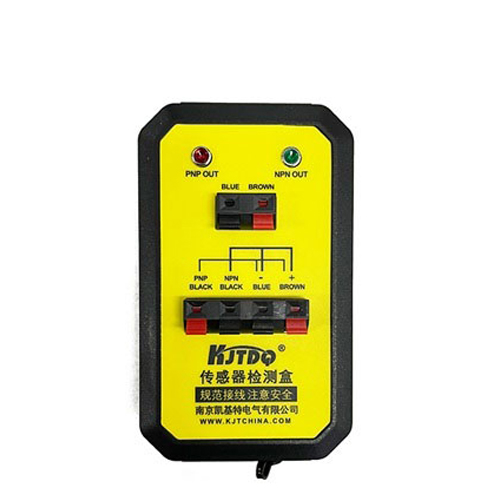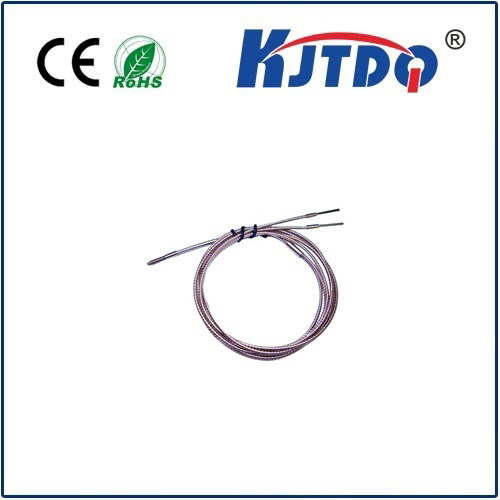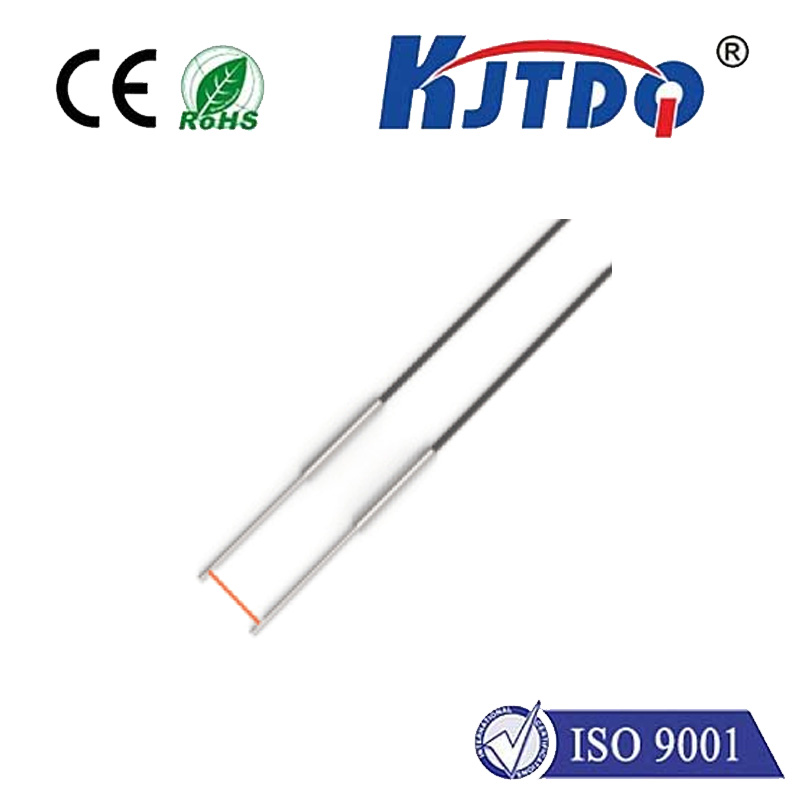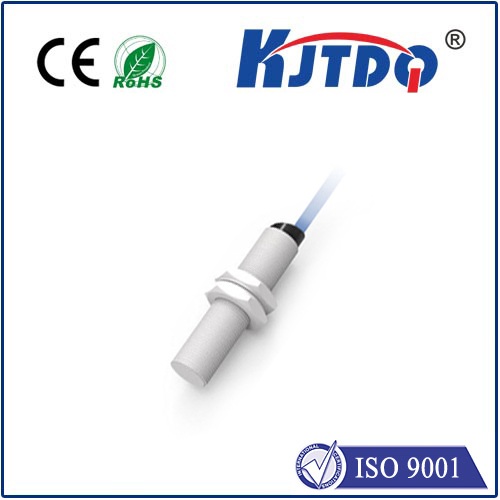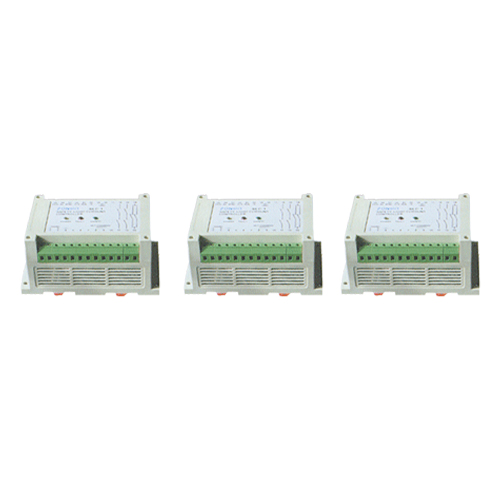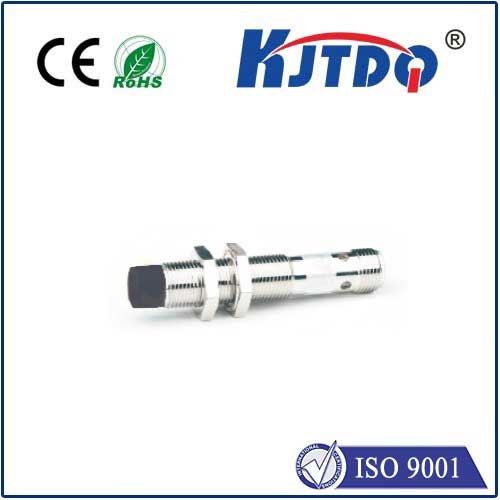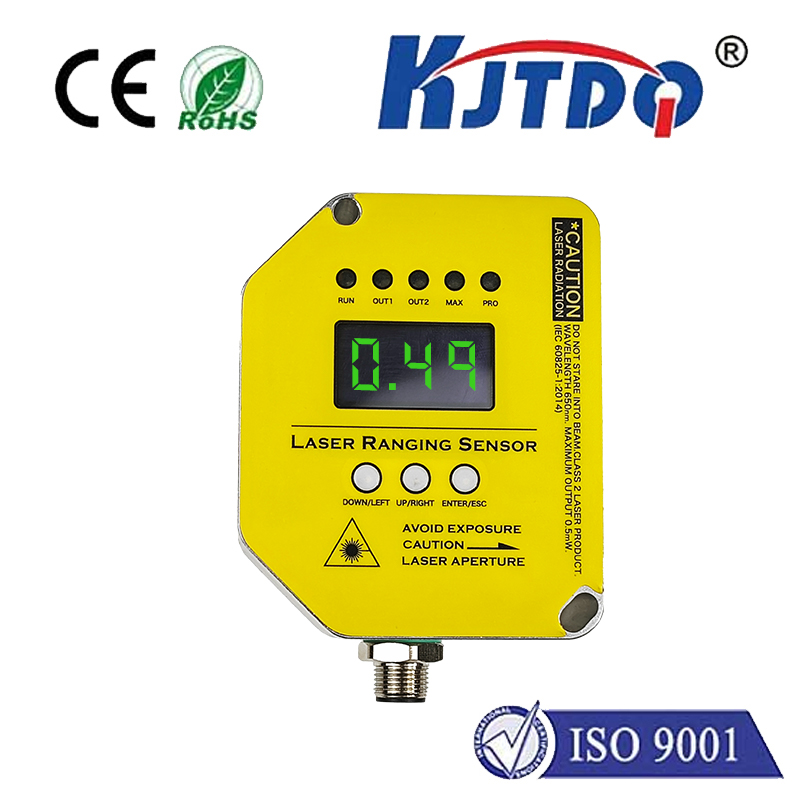E3ZM-R81 5M miniature photoelectric sensors
- time:2025-09-26 08:00:06
- Click:0
E3ZM-R81 5M Sensor: Big Detection Power Packed in a Tiny Space
Imagine a complex automated assembly line. A robotic arm needs to pick a tiny component from a feeder precisely. Nearby, bottles zoom by on a conveyor at high speed, requiring accurate counting. In both scenarios, reliable object detection is crucial, yet space for sensors is often severely constrained. This is where the remarkable miniaturization meets robust performance. The E3ZM-R81 5M miniature photoelectric sensor isn’t just small; it delivers a powerful 5-meter sensing range from an incredibly compact footprint, solving critical challenges in modern automation where every millimeter counts and reliability is non-negotiable.
Introducing the E3ZM-R81: Powerhouse Performance, Miniature Form Factor
The Omron E3ZM-R81 belongs to a distinguished family of photoelectric sensors renowned for their precision engineering. What sets this particular model apart is its exceptional combination of miniscule size and a substantial 5-meter sensing distance. We’re talking about a sensor designed to fit into spaces where conventional photoelectric sensors simply cannot go, yet capable of detecting objects reliably at distances that belie its tiny stature. This specific variant utilizes a retro-reflective sensing method, meaning it houses both the light emitter and receiver in a single unit, bouncing light off a reflector to detect objects interrupting that beam. This design inherently simplifies installation compared to through-beam types requiring separate components.
Why “Miniature” is More Than Just a Label: The Value Proposition

The compact dimension of the E3ZM-R81 isn’t just a nice-to-have feature; it translates directly into significant advantages:
- Space Saving Champion: In densely packed machinery, control panels, or robotic cells, real estate is premium. The sensor’s tiny profile allows installation in areas previously unusable, enabling more complex designs or freeing up room for other critical components. Think intricate electronic assembly stations or compact medical device manufacturing.
- Enhanced Flexibility & Freedom: Its small size opens up more mounting possibilities. It can be easily integrated onto small moving parts, within tight guarding enclosures, or onto lightweight mechanisms where a bulkier sensor would be impractical or add excessive weight.
- Simplified Installation & Maintenance: Less space needed often means easier routing of cables and faster mounting. Accessing it for maintenance or adjustment is typically less cumbersome compared to larger sensors crammed into tight spots.
- Discrete Integration: In applications like consumer electronics assembly or packaging aesthetics, a nearly invisible sensor is highly desirable. The E3ZM-R81 minimizes its visual impact.
Unpacking the “5M”: Achieving Long Range from a Tiny Package
Achieving a reliable 5-meter detection range from such a miniature sensor is a significant feat of optical and electronic engineering. Here’s what makes it possible:
- Precision Optics: Advanced lens technology focuses the emitted light into a concentrated beam, maximizing energy directed towards the reflector. Similarly, the receiving lens is optimized to efficiently capture the returning light signal over long distances, even with minimal power.
- Sophisticated Amplifier Technology: The internal amplifier circuits are finely tuned for high sensitivity. They excel at distinguishing the weak returning light signal (reflected from the dedicated reflector) amidst potential electrical noise or optical interference common in industrial environments. This high signal-to-noise ratio is key to stability over distance.
- Efficient LED Technology: Utilizing high-brightness LEDs provides a strong, stable light source essential for long-range operation, even within the constraints of the small housing.
- Optimized Retro-Reflective Design: The sensor is specifically calibrated to work with high-quality retro-reflectors designed to return a maximum amount of light directly back to the source, minimizing signal loss over the distance.
Where the E3ZM-R81 5M Truly Shines: Key Applications
The unique blend of compactness and long-range makes the E3ZM-R81 the ideal solution for demanding scenarios:
- Electronics & Semiconductor Manufacturing: Detecting miniature components on PCBs, presence/absence of tiny parts in feeders, verifying chip placement, or monitoring wafer handling, where sensor space is extremely limited, and precision is paramount.
- Small Machinery & Robotics: Integration onto robotic arms, end effectors (grippers), inside compact automated guided vehicles (AGVs), or within miniature assembly stations where weight and size directly impact performance and design freedom.
- Packaging Lines: Detecting products, counting items, or verifying flaps/cartons on fast-moving conveyors, especially where guarding or other equipment restricts sensor mounting locations near the detection point. Its 5M range allows mounting further away.
- Precision Assembly: Verifying the presence of small screws, springs, or seals in assemblies. Positioning verification for intricate parts.
- Access Control: Discretely integrated into mechanisms for position feedback or object detection in restricted areas.
- Material Handling: Object detection on conveyors where sensors need to be mounted off to the side or on moving parts. Detecting pallets or totes in automated storage systems where space near the racking is tight.
Choosing and Implementing Your Miniature Solution
Selecting the right photoelectric sensor is crucial. The E3ZM-R81 5M is often the superior choice when detection distance is critical but physical space is severely limited. Consider these factors:
- Detection Method: The E3ZM-R81 is retro-reflective (requires a reflector). For applications where installing a reflector is impossible, a through-beam miniature sensor might be necessary (though they typically offer less range from the same size factor).
- Object Characteristics: What are you detecting? Size, color, material (opaque, transparent, shiny), and surface texture all influence sensor choice and required setup (sensitivity adjustment).
- Environment: Consider temperature, humidity, dust, oil, splashing water, or strong ambient light. The E3ZM-R81 boasts solid environmental resistance typical of industrial sensors (IP67 rated against dust and water jets).
- Mounting Constraints: Precisely measure the available space. The sensor’s tiny dimensions should be a perfect fit.
- Output Type: Ensure the sensor’s output (e.g., NPN/PNP, light-on/dark-on) is compatible with your PLC or controller. The E3ZM-R81 offers flexibility here.
- Power Supply: Verify compatibility with your system voltage (e.g., 12-24V DC).
Pioneering Miniature Sensing for Tomorrow’s Automation Frontiers
The relentless drive for miniaturization in automation demands sensors that keep pace without sacrificing capability. The Omron E3ZM-R81 5M miniature photoelectric sensor stands as a prime example of engineering ingenuity overcoming this challenge. It proves decisively that critical long-range detection is achievable even within the most compact footprints. By mastering the interplay of advanced optics, efficient electronics, and robust design, this sensor empowers engineers to unlock new possibilities in automation design, optimize space utilization, enhance precision in confined areas, and ultimately, build smarter, more efficient systems. Its presence signifies a leap forward in solving the persistent conflict between detection range demands and the shrinking physical spaces available in modern industrial environments.







